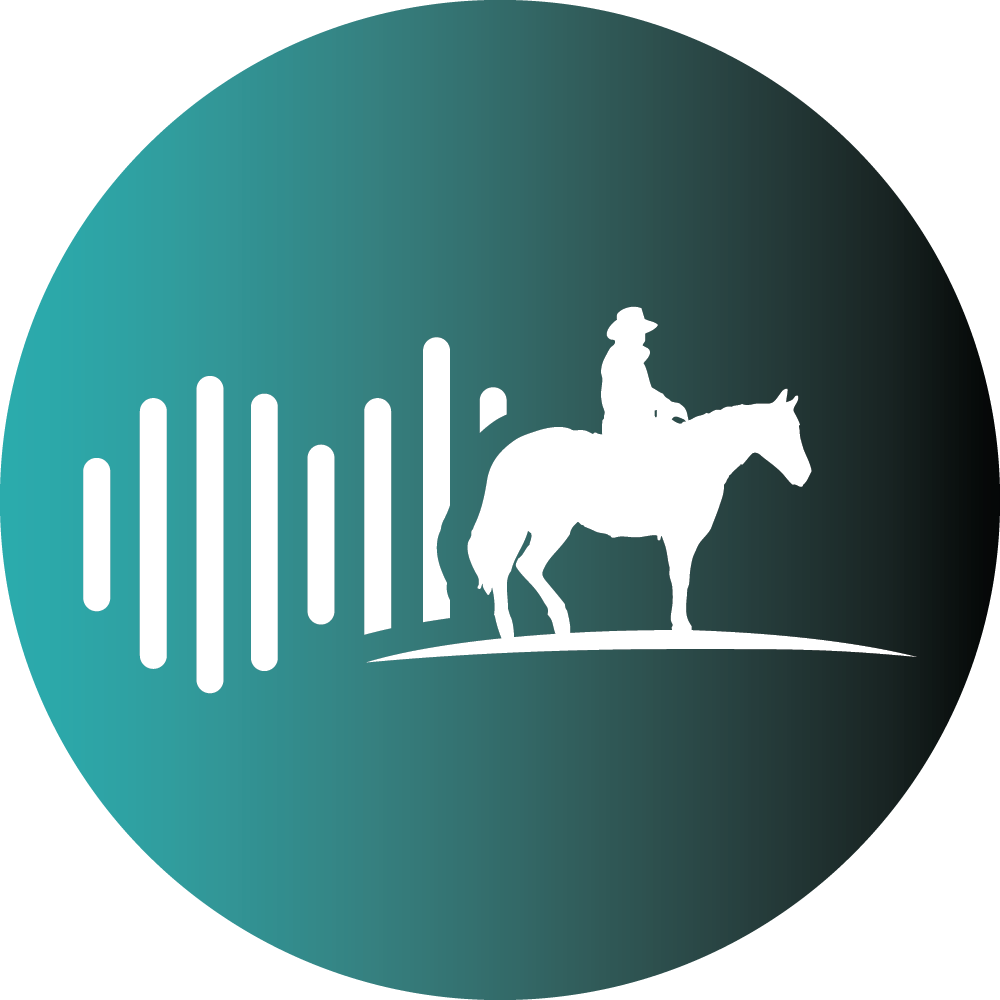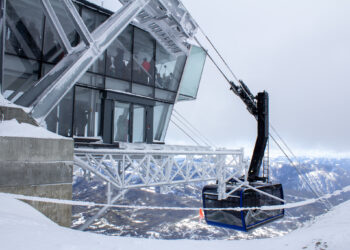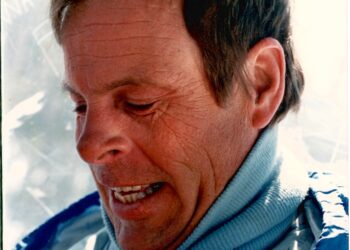By Bill Bishop and Roberto Gallardo
GALLATIN COUNTY – Gallatin County has experienced a brain gain in the last 40 years, joining the rest of the country in what has been a massive increase in the number of adults who have earned college degrees.
According to a report done by the Center for Rural Strategies, 20.8 percent of Gallatin County residents over age 25 earned college degrees in 1970. By 2010, 45.0 percent of adults in the county had completed college—a significantly higher number than both the statewide and national averages.
The number of adults in the U.S. with college degrees has nearly tripled since 1970, when only 10.7 percent of adults had graduated from college. But the percentage of adults with degrees in counties with small cities, such as Gallatin County, while increasing, has generally fallen behind the proportion of college-educated residents in urban counties.
The loss of young, well-educated residents has posed a long-standing difficulty for rural communities, but the good news for rural America is that it has caught up in every other measure of education.
In 1970, 7.8 percent of adults in rural counties had some education after high school, but less than a college degree. By 2010, 27.4 percent of rural adults had attained some post high school education without earning a college diploma. That level of education was close to the national average of 28.1 percent.
Only 4.0 percent of the adult population in Gallatin County had failed to graduate from high school in 2010. Nationally, 15 percent of adults had not completed high school; in Montana, the rate was 9.0 percent.
Mark Partridge, a rural economist at Ohio State University, says that regional differences in college graduation rates have increased in recent years. Through his studies, Partridge has found rural counties and counties with small cities in the South and West didn’t fare as well as those in the Midwest and Northeast in attracting college graduates.
The problem of keeping college graduates in rural America is a national issue and one that is also enduring.
University of Missouri economist Judith Stallmann said this is a reflection of the kinds of jobs generally available in rural communities. If there are fewer jobs demanding college degrees in a community, there are likely to be fewer college graduates. Therefore, Stallman says, students don’t think about coming home once they leave for the university, and their absence diminishes the chances that additional higher-education jobs will be created.
Nationally, rural counties and counties with small cities have caught up with urban counties in the percentage of adults who have some post high school education. Stallmann sees this as a sign that “there are perhaps more jobs in rural areas that require post secondary education but not college.”
Both Stallmann and Partridge said the data on college education rates told them that rural communities should consider the kind of jobs being created locally.
“Rural communities may need to think about the types of jobs being created,” Stallmann said. “There are some communities that are doing things like getting local businesses to put an emphasis on hiring local kids who got a college education.”
“It really suggests that rural communities that aren’t thinking about making themselves attractive to educated people are going to suffer,” Partridge said.
Bill Bishop is co-editor of the Daily Yonder an online news publication covering rural America published by the nonpartisan, nonprofit organization, the Center for Rural Strategies. Roberto Gallardo is an assistant extension professor at the Southern Rural Development Center at Mississippi State University.













